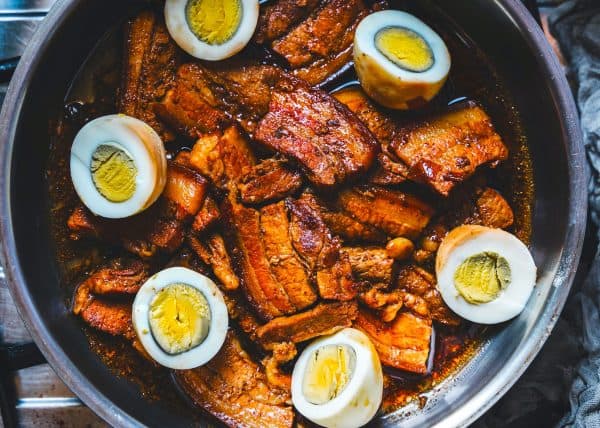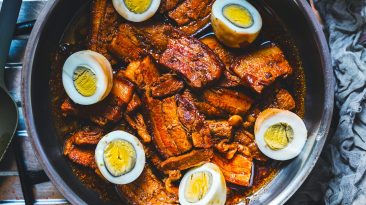Filipino Adobo: A Dish that Captures the Heart of the Philippines As a passionate lover of world cuisines Filipino cuisine, a tapestry of indigenous, Spanish, Chinese...
A Deep Dive into Filipino Cuisine: A Tapestry of Flavors and Cultures
When one speaks of Southeast Asian cuisine, thoughts often drift toward Thai curries, Vietnamese pho, or Indonesian satay. Yet, nestled within this region is a culinary gem waiting to be fully savored: Filipino cuisine. Intricately woven with a rich tapestry of history, Filipino food is a harmonious blend of indigenous, Spanish, Chinese, and American influences. Let's embark on a journey that explores the delightful complexities of Filipino flavors, ingredients, and dishes.
1. Historical Background
The Philippines is an archipelago of over 7,000 islands, each region offering its culinary traditions and flavors. Before foreign influences shaped its cuisine, early Filipinos primarily consumed a diet of rice, fish, and vegetables. The trade with Chinese merchants brought soy sauce, tofu, and noodle dishes. In the 16th century, 333 years of Spanish colonization infused the food with ingredients like tomatoes, sausages, and corn. Later on, American colonization introduced techniques like frying and canned goods.
2. Staple Ingredients
- Rice: The heart of every Filipino meal. Be it steamed, fried, or even turned into cakes, rice accompanies almost every dish.
- Vinegar: This essential ingredient offers tangy flavors in dishes like adobo or is used as a dip for crispy treats.
- Fish sauce & soy sauce: Both provide an umami depth to various recipes, from stews to grilled dishes.
- Coconut: Its milk is used in creamy desserts and rich curries.
3. Iconic Dishes
- Adobo: Often regarded as the unofficial national dish, this involves meat (often chicken or pork) marinated in vinegar, soy sauce, garlic, and spices, then simmered until tender.
- Sinigang: A tamarind-based sour soup featuring meat, usually pork or shrimp, combined with a medley of vegetables.
- Lechon: A whole roasted pig, its skin crackling and its meat succulent, often served during festivities.
- Halo-Halo: A refreshing dessert made of crushed ice, mixed fruits, sweetened beans, leche flan, and purple yam, topped with a scoop of ice cream.
4. Regional Variations
The Philippines' diverse geography has given rise to regional culinary specialties:
- Bicol: Known for its spicy dishes with coconut cream, like "Bicol Express".
- Ilocos: Famous for its crispy "bagnet" (deep-fried pork belly) and "pinakbet" (mixed vegetables cooked with shrimp paste).
- Cebu: Acclaimed for its flavorful version of lechon and dried mangoes.
5. Modern Interpretations & Global Recognition
In recent years, Filipino cuisine has gained global traction. Chefs, both in the Philippines and abroad, are introducing innovative spins on classic dishes, while still paying homage to traditional techniques and flavors. Restaurants serving Filipino dishes are sprouting in global cities, and international food critics and enthusiasts are taking note.
Filipino cuisine is a testament to the Philippines' rich history and diverse influences. With its harmonious balance of sweet, sour, spicy, and umami, it invites diners to experience a gastronomic journey that tells a tale of resilience, adaptability, and a deep-rooted love for good food. As more people become exposed to these delightful dishes, the world is slowly waking up to the charm of Filipino food — a treasure waiting to be cherished globally.













